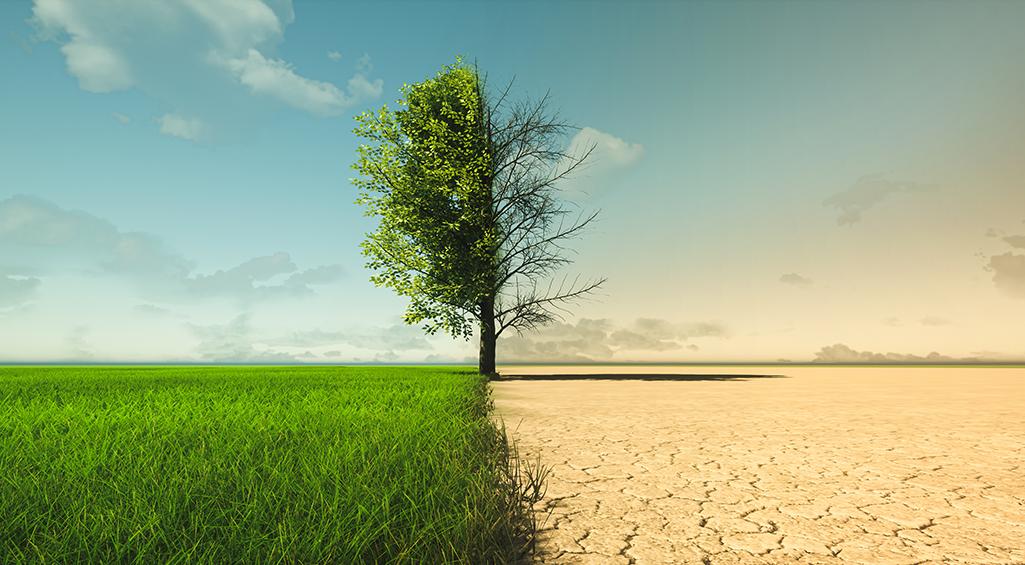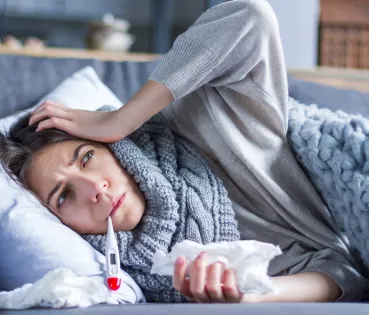
Climate change, responsible for future allergies
By 2050 experts are warning that 50% of the world population will suffer from some kind of allergy. This situation is being caused, amongst others, by climate change and pollution, which are turning allergies into one of the most important non-contagious pandemics of our times
The World Health Organisation has been warning about a very concerning figure for many years now: by 2050, half of the world population will suffer from some kind of allergy. And food, pollution and climate change will all be key elements in this problem, which far from being a future concern, is being shown to be something that today’s society is already suffering from. In Europe, at present 33% of the new cases of childhood asthma are caused by air pollution. In fact, pollutants – caused by climate change, play a key role in the increase of pollen allergies, for example.
Pollution damages the air that we breathe, but it also harms the earth and the sea that provide our basic food. Therefore, every day, people are exposed to toxic products that they eat without any knowledge and they breathe in dirty air that ends up irritating and causing reactions in the immune system. This relationship between allergies and pollution explains that, today, developed countries are precisely the ones showing most symptoms.
More pollen, more sneezes
Amongst other aspects, climate change is affecting the life cycle of plants and animals. In 2021, the scientific magazine Proceedings of the National Academy of Sciences (PNAS), the official publication by the United States National Academy of Sciences, was already warning: in comparison to the year 1990, today the pollen season starts almost 20 days earlier, and it ends a week later. This means that plants and trees are producing 21% more pollen and therefore, the allergy season is worsening and becoming more intense. Consequently, people with pollen allergy will start their dreaded allergy season earlier and the symptoms will last longer. This situation affects between an estimated 10% and 40% of the population who suffer from allergic hay fever due to exposure to pollen. In addition, while the pollen life cycle is approximately two hours long, its capacity to cause an allergic reaction is indefinite.
The author of this American report also explains that, due to the global rise in temperatures and the high concentrations of carbon dioxide in the air, plants are producing even more pollen. But this greater concentration of pollen does not only affect people with allergies. This increase of the allergens in the air is promoting the appearance of new allergies. Furthermore, apart from the proliferation of pollen, climate change is also causing many plants to alter their distribution. The lack of water or extreme temperatures are meaning some plants are looking for homes in better climates, forcing re-dispersal and even, the extinction of some species. This makes the allergens “travel” and spread their symptoms.




